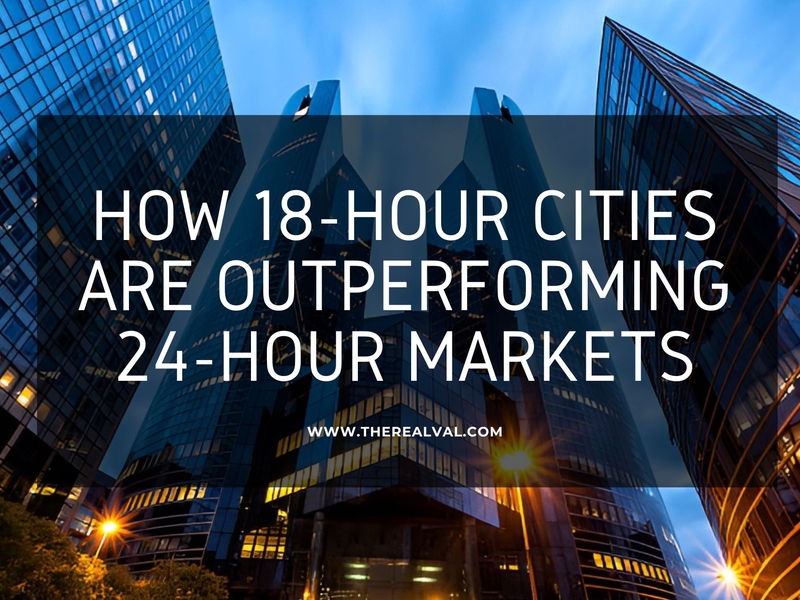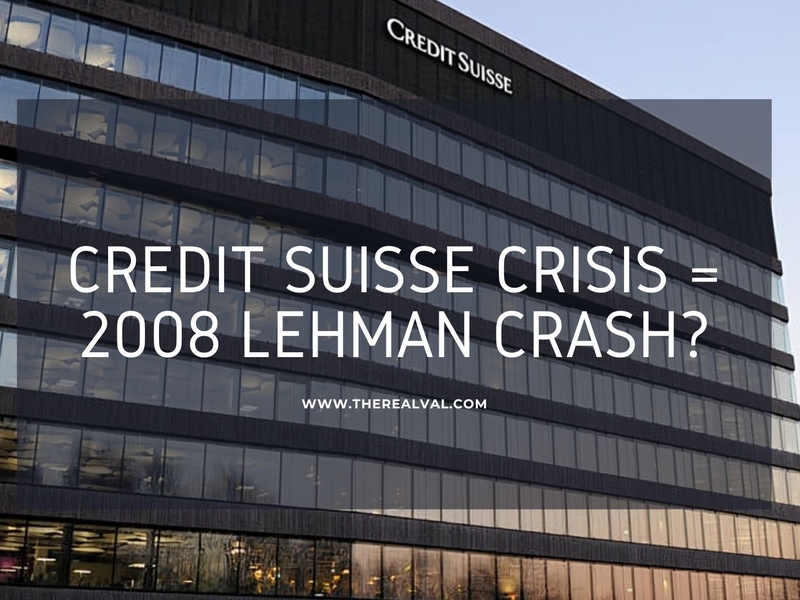As downtowns reinvent themselves post-pandemic, 18-hour cities which are mid-sized metros with strong jobs, lower costs, and vibrant economies, are showing more resilience than global 24-hour hubs.
What Are 18-Hour Cities?
An 18-hour city is a mid-sized metro that stays active beyond the traditional 9–5 workday, facilitated with dining, entertainment, and culture keeping the city alive into the night.
They aren’t nonstop global hubs like New York or London, but they strike a balance between affordability, opportunity, and liveability.
Cities like Nashville, Austin, Denver, or Cleveland: places where you can live well, work smart, and still enjoy an evening out without the high price tag of a 24-hour city; come under the umbrella of 18-hour cities.
Why 18-Hour Cities Are Outperforming Big Downtowns?
Since 2020, economic shifts, remote work, and housing costs have changed how downtowns function. Large global cities are struggling with high vacancies and expensive living costs; while smaller, more adaptable markets are thriving. How 18-hour cities prove that this is an era of survival of the fittest-
- Affordability and Relocation: Major 24-hour hubs like New York or San Francisco remain costly for both employers and workers. Many companies and residents are relocating to affordable mid-sized metros where salaries stretch further and talent retention is easier. The results in faster population and job growth in 18-hour cities.
- Office-to-Residential Conversions: While older office buildings in major cities sit empty, 18-hour markets are turning vacant offices into apartments. Cleveland’s Public Square is a great example of this transformation because targeted investments and conversions have added hundreds of new residents, bringing more life to downtown streets.
- Lifestyle and Employer Preferences: Post-pandemic, companies are choosing quality of life and flexibility over expensive central business districts. According to JLL and CBRE, lifestyle-oriented markets- where employees enjoy shorter commutes and vibrant communities, are seeing faster leasing and higher occupancy rates.
But How Do These Factors Matter?
- Lower Costs Help Retain Talent: In 18-hour cities, employers can offer competitive pay while workers enjoy affordable housing. This creates a long-term workforce stability.
- Placemaking Drives Recovery: Downtown revitalization efforts, such as public spaces, local events, and mixed-use development are helping mid-sized cities avoid the “downtown doom loop.” Placemaking is assumed to be the key to building inclusive, thriving downtowns.
- Flexible and Lifestyle-Oriented Workplaces: Developers blending office, retail, fitness, and community spaces are seeing faster lease-ups. A JLL research confirms that these “lifestyle offices” are stabilizing at higher occupancy rates.
U.S. 18-Hour Cities Examples
- Cleveland, OH: Office-to-residential conversions near Public Square have transformed the downtown experience.
- Nashville, TN: Music, healthcare, and tech sectors drive both daytime business and a lively nightlife.
- Denver, CO & Austin, TX: Strong job growth, outdoor amenities, and culture make them classic 18-hour success stories.
How Does It Impact Key People Involved?
- For Investors: Investors should focus on lifestyle-oriented assets in growing secondary downtowns and adaptive reuse projects such as office-to-residential conversions. These markets combine job growth, affordability, and liveability, offering solid upside with lower pricing risk. Data from JLL and CBRE shows that lifestyle-focused downtowns are seeing faster lease-ups and higher stabilization rates, making them attractive for long-term investment.
- For Urban Planners and City Leaders: Urban planners should prioritize placemaking, streamlined conversion approvals, and incentives that promote mixed-use density. Well-designed public spaces and housing conversions consistently boost downtown residency and foot traffic. As Brookings notes, combining public-space upgrades with adaptive reuse projects strengthens both economic activity and community vitality.
- For Occupiers and Employers: Employers should consider talent retention and operating costs when choosing locations. Secondary downtowns offer affordable housing, shorter commutes, and vibrant local amenities, improving employee satisfaction and reducing business expenses. According to CBRE, more companies are shifting toward quality workplace ecosystems in liveable, mid-sized metros that support hybrid work and long-term workforce stability.
Risks & Challenges-
Not every 18-hour city is a guaranteed success.
Cities overly dependent on one industry or lacking public transit may struggle to sustain growth. And while 24-hour markets face challenges, they’re not going anywhere; New York, for example, still dominates finance and media sectors.
The key is not to choose one over the other, but to understand where each market’s strengths lie.
Checklist: Questions to Ask to Evaluate an 18-Hour Market
- Job Growth: Above regional average?
- Residential Activity: Are conversions and absorption rising?
- Amenities: Strong transit, dining, culture, and nightlife?
- Office Fundamentals: Declining vacancy, conversion potential?
- Policy Environment: Fast permits and supportive incentives?
- Use market data to guide decisions.
The post-pandemic U.S. urban landscape is evolving fast.
Success is no longer defined by being a global “24-hour” city, rather by balance comprising of affordable housing, local jobs, and authentic community life.
18-hour cities are showing that vibrancy and resilience don’t require nonstop activity, it just requires smart planning, adaptive reuse, and a strong sense of place.
Are you looking to underwrite your deals more strategically, as downtowns change? Book a consultation by writing to us at info@therealval.com
Trending





